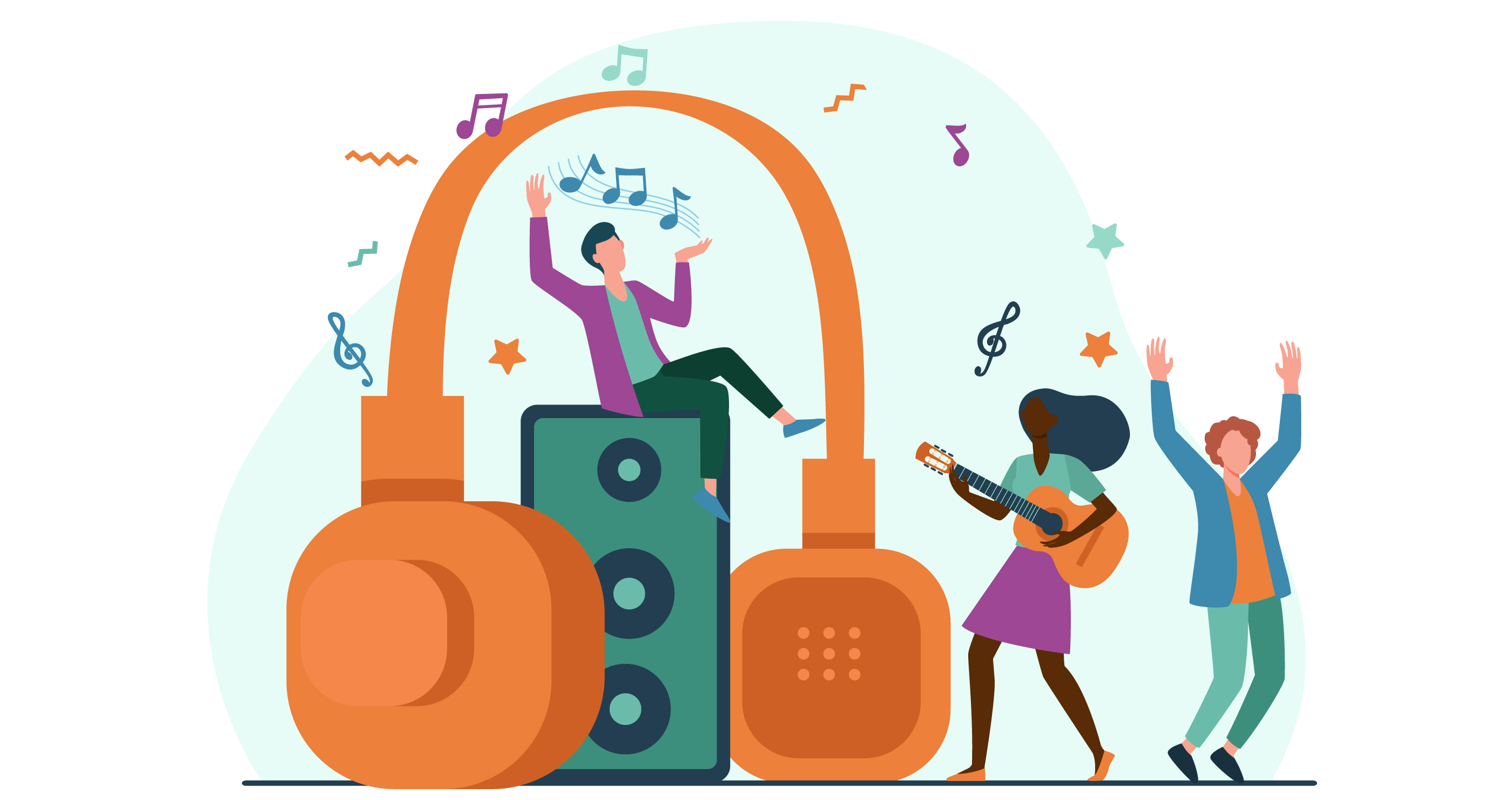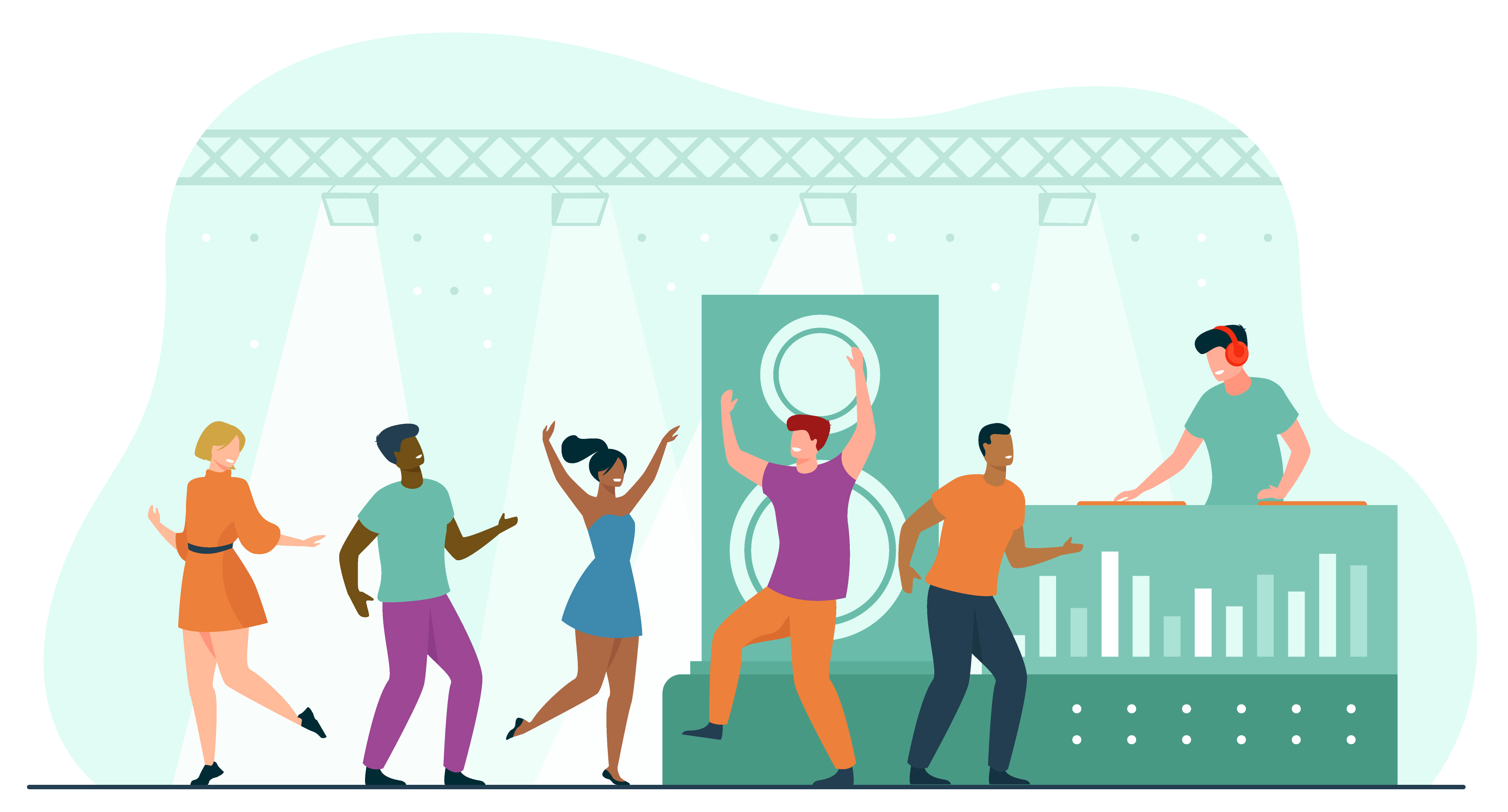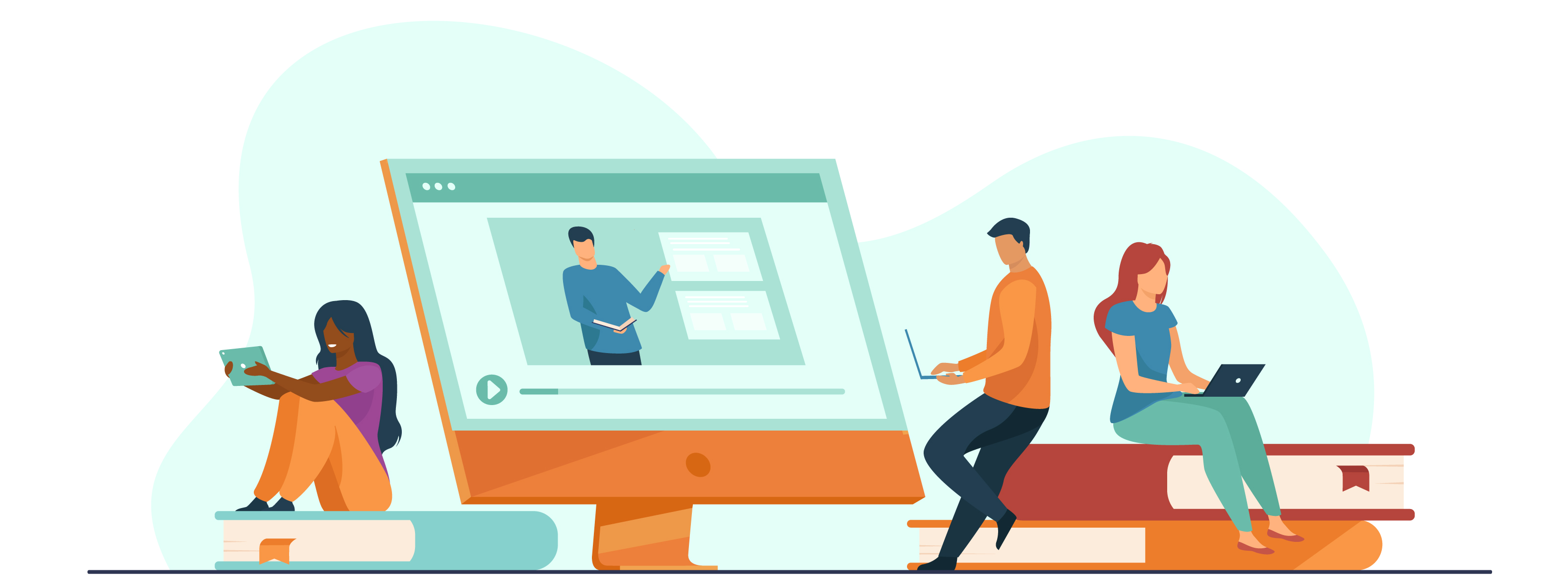Tableau Conference 2025 | Know Before You Go
If you’re a data enthusiast, analytics professional, or just someone curious about Tableau’s latest innovations, the Tableau Conference 2025 is your...

As an aspiring musician and data scientist, I have always wanted to see how the two worlds collide. As technology has made data increasingly accessible, data science continues to transform and shape how we think about problems across various industries. The music and entertainment industry has a vast number of applications for predictive and prescriptive analytics which include finding the top trending song, creating the next big hit, and even providing analytics in various streaming platforms like Spotify, Netflix, and YouTube. Today we will be taking a look at a few use cases for data science in the music and entertainment industry. Let’s begin!
With the rise of online music streaming services, there is now an abundance of music consumer data. With all this new data, distributors like Spotify and Apple Music can provide audience demographics and location information to help artists understand the details of their core audience. YouTube also creates dashboards that demonstrate viewer demographics, watch time, and location. These statistics can be used to answer critical questions such as:
These insights can then be used to decide which songs to promote and where, optimal release time for a song, etc. Along with being musically talented, the industry now depends on data science to help determine which songs, genres, or artists will cater to a larger audience.

You may have noticed in your listening that many music producers have been creating similar-sounding songs for various artists in order to recreate a big hit. Similar-sounding music could have the same genre, lyrics, or even the same beat. The goal of creating similar songs is to familiarize the audience with the same type of music and to increase the chance that they will listen or buy it. This type of music is generated by analyzing years of data and identifying popular trends using machine learning techniques. A huge amount of research goes into producing the next big hit using data science techniques such as logistic regression, random forest, and support vector machine. Sony famously released a song built from their Flow Machine's artificial intelligence project (with a little human help too), and another project used artificial intelligence to analyze MIDI music to create brand new tracks from artists or bands with members that have since passed away (using tribute bands to then perform and record the new creations), such as Nirvana and Amy Winehouse.

Discover Weekly is a super cool feature offered by Spotify where listeners receive a personalized playlist based on their taste and listening history. Spotify uses machine learning along with various data aggregation and sorting methods to create a recommendation model. Spotify primarily uses three forms of recommendation models.
Using these awesome machine learning models, Spotify creates beautifully tailored playlists for each listener every week!

When Netflix told me that the show “Ozark” was a 98% match, I was skeptical. I didn’t think a show about money laundering and drug lords was my type, but turns out Netflix knew me more than I did! Ozark was one of the finest shows I’ve watched, thank you data science team at Netflix! So how does it work?
Netflix collects customer information such as when a user watched a show, how many times did the user pause, did the user resume watching, what did the user search, what type of shows did the user watch previously, etc. Using this data, Netflix has built a profile for each user. Then, like Spotify, it uses machine learning techniques such as Collaborative Filtering and Neural Networks to recommend content that falls within that criteria!
Oftentimes, YouTube, as well as social media platforms like Facebook and Instagram, are filled with fake news. In an attempt to flag fake and misleading information, YouTube adopted artificial intelligence. The first stage of building an AI tool with these capabilities involves it learning how to read and identify bias, which is a very complex method. Using AI, YouTube was able to remove around 11 million videos during the initial days of COVID-19.
Furthermore, YouTube also uses machine learning algorithms to identify deceptive or inappropriate videos. NLP can be used to analyze video titles and decipher whether the content is appropriate or not. The algorithm also examines feedback received from users who report the videos that have misleading thumbnails or click-baits.

Although this blog has reviewed a few high-level concepts and applications of data science in the music and entertainment industry, we're just starting to scratch the surface of what's possible with applying data science to this space. The foundations of a good model is almost always grounded by a question. If you have a question (and some data!), there’s a high possibility that data science can be used to help enrich your consumer's experience, and even your business.
And there you have it! I hope you enjoyed reading this blog as much as I enjoyed writing it. If you'd like to talk more about applying data science in the music industry, use the links below to find me on social media or the "Let's Work Together" button above to reach out to our team!
https://medium.com/@maxtingle/can-data-science-save-the-starving-music-artist-a53bc8a8ece0
https://www.opentracker.net/article/data-science-music
https://outsideinsight.com/insights/how-ai-helps-spotify-win-in-the-music-streaming-world/
https://towardsdatascience.com/advanced-music-analytics-using-machine-learning-f344e4795bbc
https://data-flair.training/blogs/data-science-at-netflix/
https://www.analyticssteps.com/blogs/how-youtube-using-artificial-intelligence
-2.gif)
If you’re a data enthusiast, analytics professional, or just someone curious about Tableau’s latest innovations, the Tableau Conference 2025 is your...

Tableau Plus is the new premium offering from Tableau, a leading data visualization and business intelligence platform. It builds upon the...

If you've spent any time working with Tableau, you've likely encountered the dreaded "Cannot Mix Aggregate and Non-Aggregate Arguments" error. It's a...